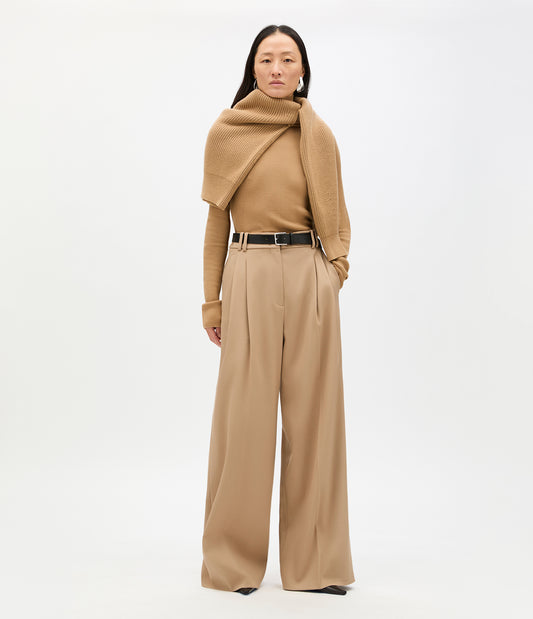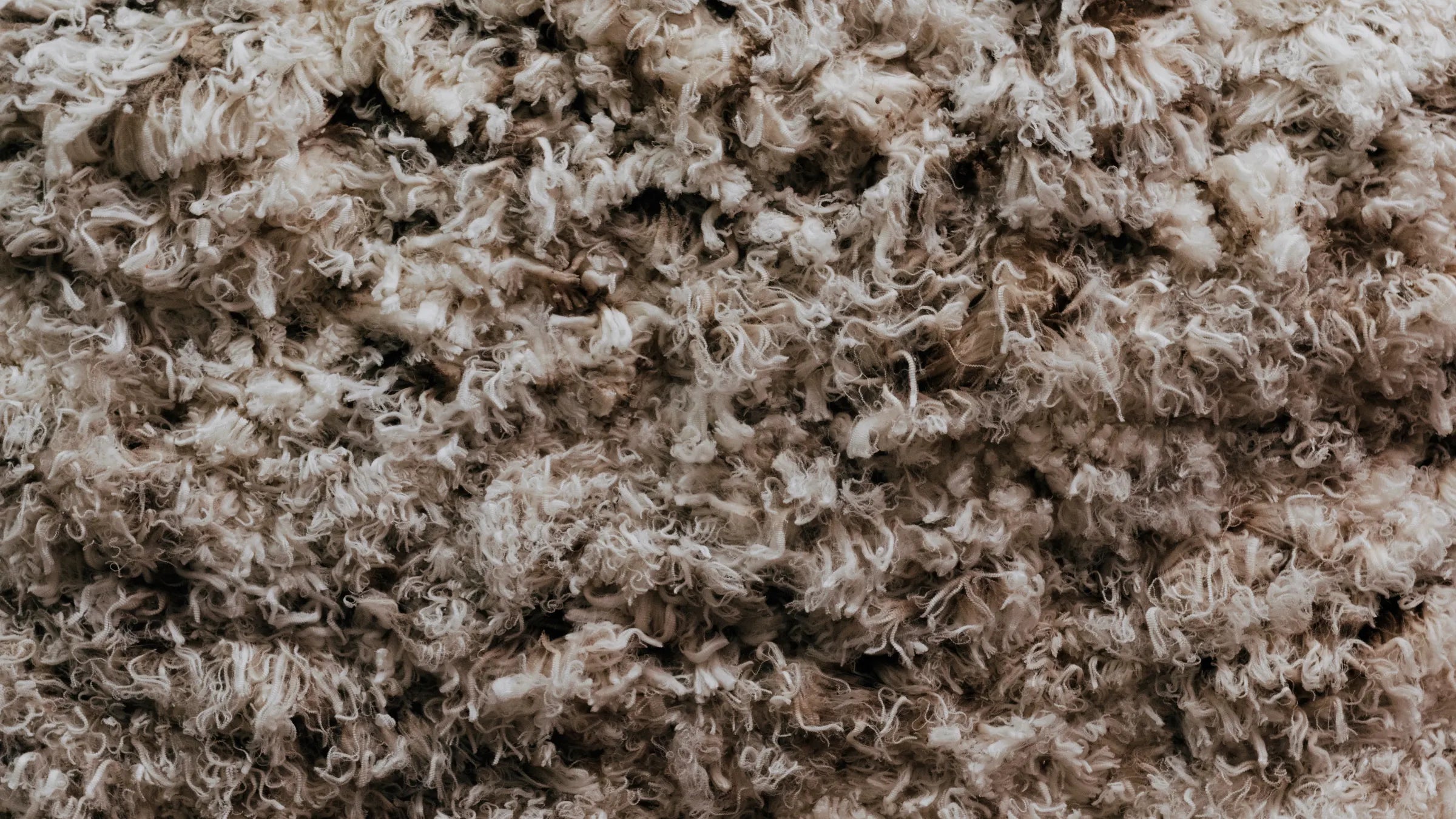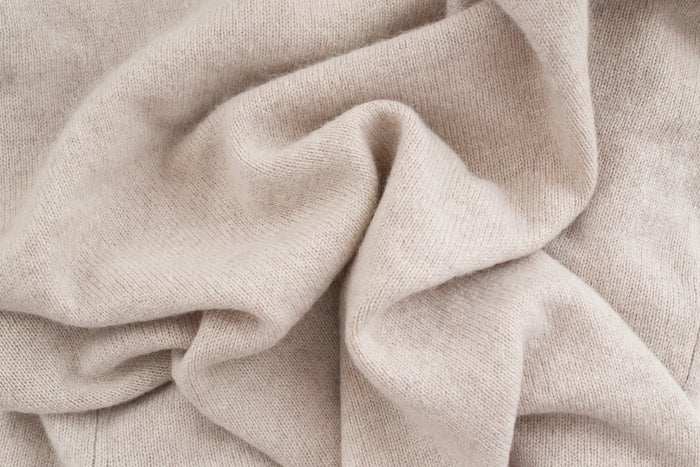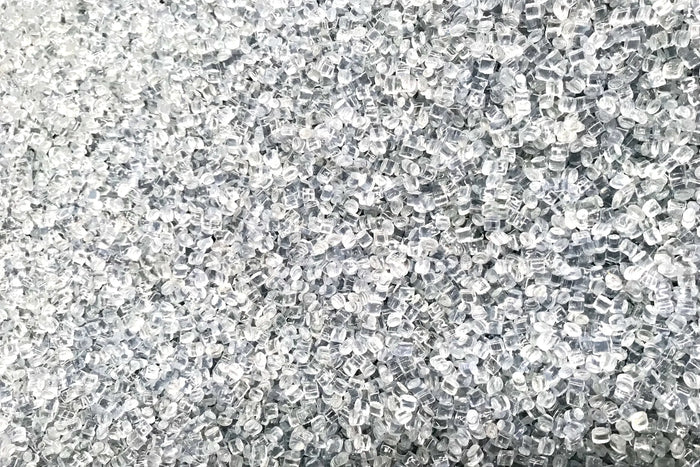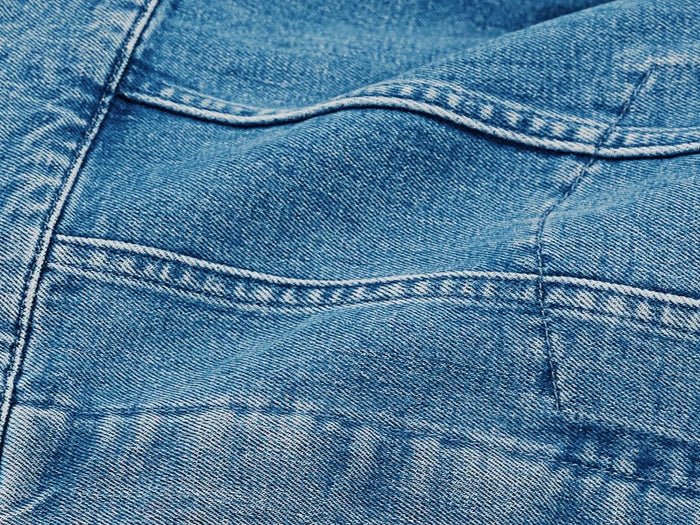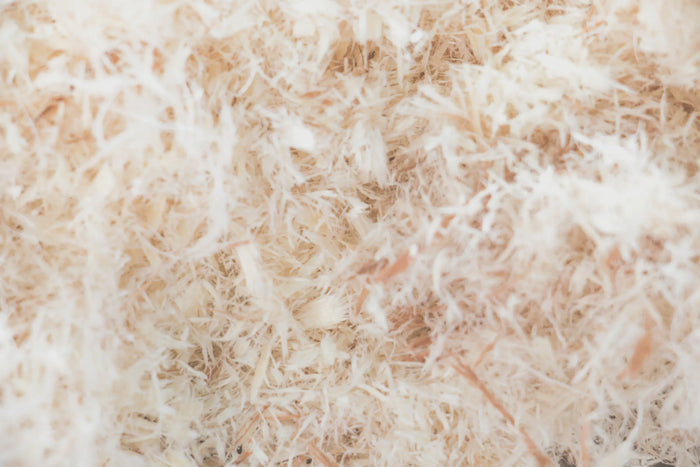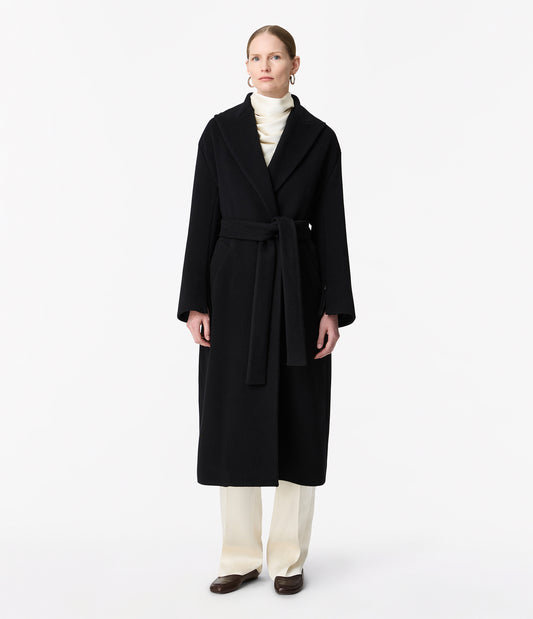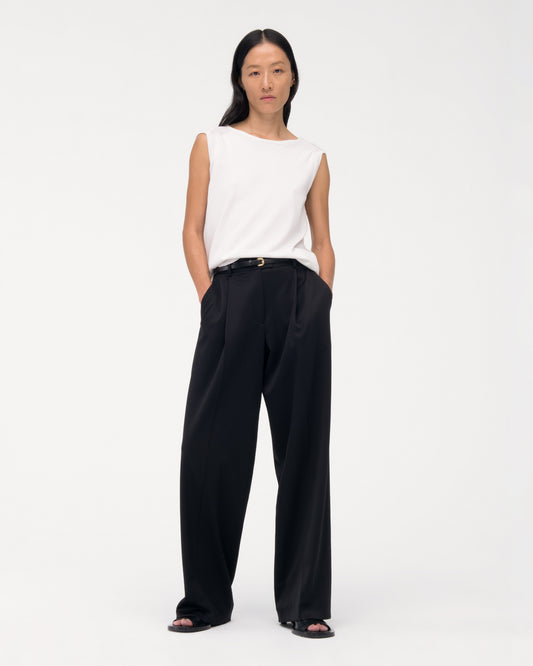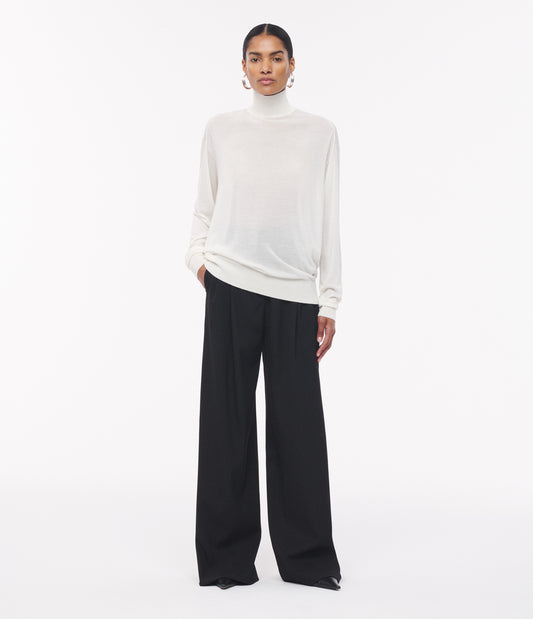
Wool is one of the few materials we use derived from animals. To ensure they are treated with compassion and care, we created our own supply chain down to the farm level with standards exceeding the Responsible Wool Standard.
Why We Created Our Own Wool Supply Chain
- Two key elements of standard wool supply chains didn’t sit comfortably with us: the draconian practice of mulesing; and the routine slaughtering of sheep at the age of 6 or 7, at which point ewe’s wool tends to experience a decline in quality for human use.
- As of 2021, the top producing wool countries are China, Australia, and New Zealand. 1 Finding a sheep farm that went above and beyond RWS certification and did not routinely slaughter its stock wasn’t easy, and at times seemed impossible. We found the White Gum Wool farm in Tasmania, whose owner Nan shares our ethos and values, and allows her sheep to live out their natural lives. Whilst Nan is already operating her farm well beyond the requirements of the RWS certification, we’re working with her to formalize her achievements and complete the certification process.
- We also purchase from Barega Merino, an RWS-certified farm in Tasmania. We continue to work with owners Chris and Shelley on transitioning to an operation that will accommodate full natural sheep lifespan. Shelley, a former nurse, treats their animals with the utmost compassion and has instituted policies prohibiting tail docking and adopting a longer weaning period than is standard for RWS farms.
- Based on everything we have learned in establishing our wool supply chain, we are now in the early stages of setting up a non-profit wool operation with local partners in Tasmania to help scale our vision for a slaughter-free wool supply chain.











